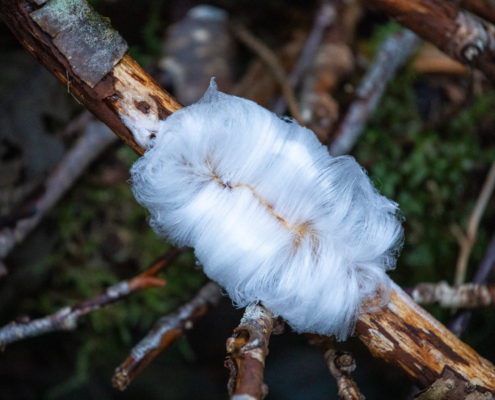
Hair Ice
Hidden among the rainforests of BC you can find wonders of ephemeral beauty and minute delicacy, and few of these are stranger or lovelier than the phenomenon of hair ice.
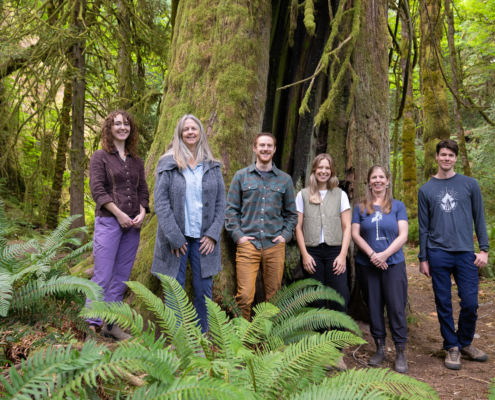
It’s AFA’s 14th birthday!
We're celebrating our 14th birthday on February 24th and all we've accomplished this year together. Will you celebrate with us by giving just $14?
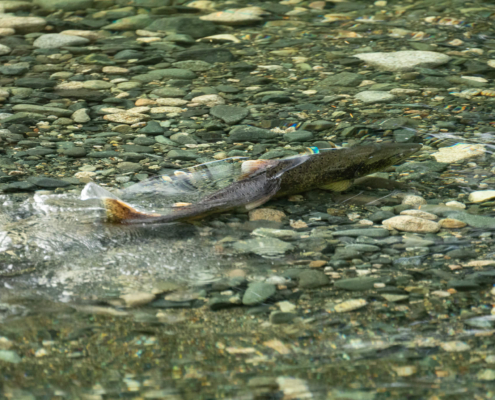
Mowachaht/Muchalaht awarded $15 million to protect old growth and salmon
A project to protect a significant portion of Mowachaht/Muchalaht territory has been pledged $15 million from the federal government, fueling an initiative to save old growth and salmon populations in Nootka Sound over the next generation.
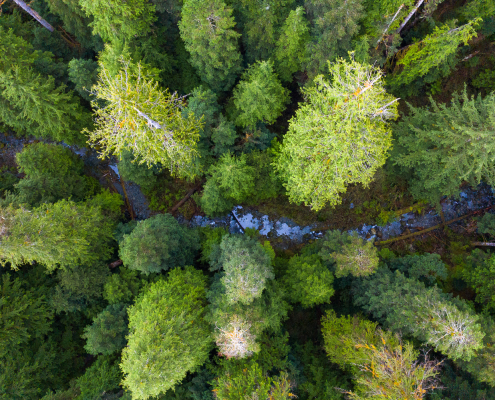
First Nation creating new Salmon Parks to protect fragile ecosystems
The Campbell River Mirror covers the 650² km of forest, rivers, old growth and shoreline that are to be protected by the Mowachaht/Muchalaht First Nation.
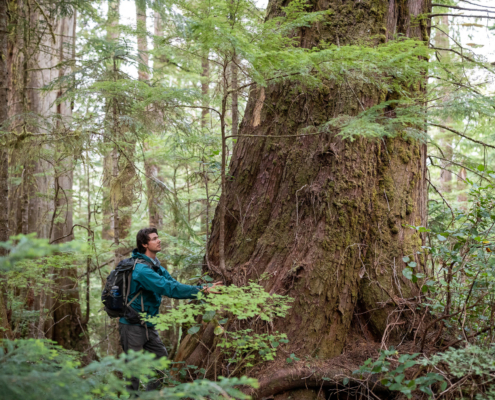
AFA’s Recommendations for the BC Government’s Draft Biodiversity and Ecosystem Health Framework
Here are AFA's recommendations for the draft Biodiversity and Ecosystem Health Framework to ensure it achieves the paradigm shift old-growth forests in BC so desperately need.
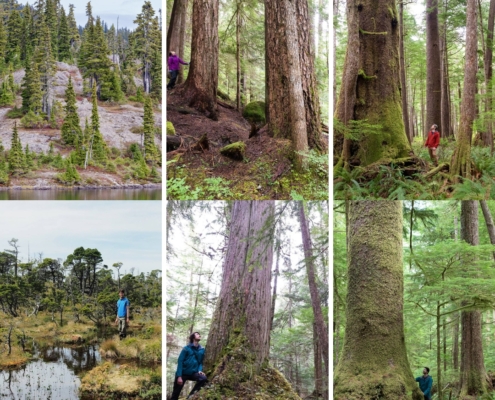
What are “Forest Productivity Distinctions”?
“Forest Productivity Distinctions” is a phrase you’ve heard us use a lot, but what does it mean and why are they important? Read on to learn more!
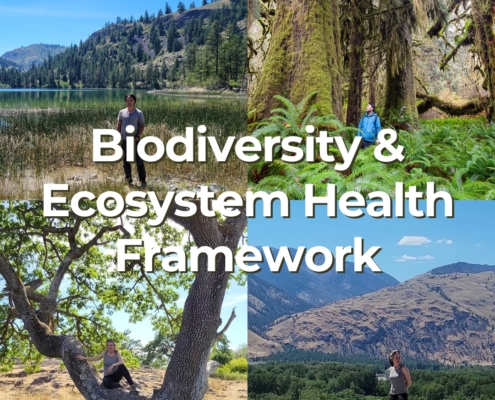
All About the Biodiversity & Ecosystem Health Framework
Not sure what the proposed Biodiversity & Ecosystem Health Framework entails and why it's important? Pull up a chair as we break it down for you!
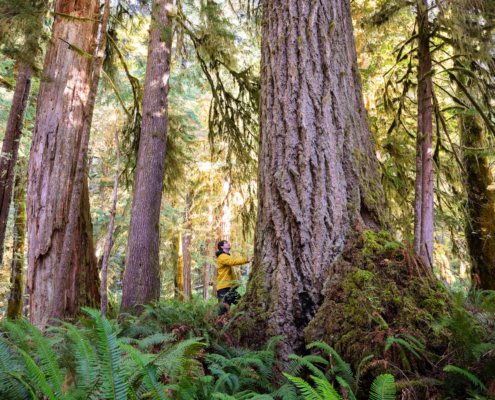
Thank You to Our Business Supporters!
We would like to extend a sincere thank you to these businesses for kindly supporting the old-growth campaign!
